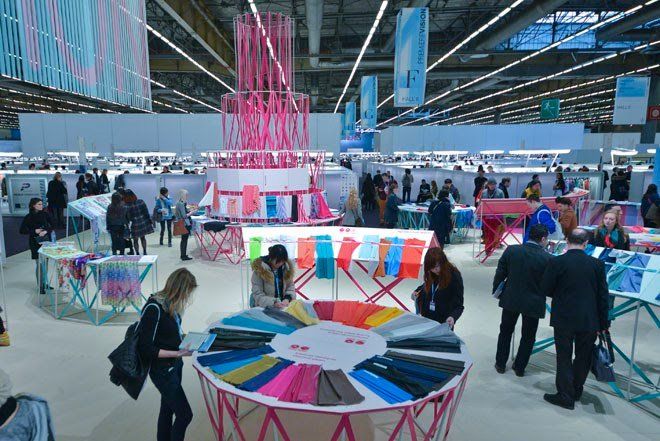In an increasingly interconnected world, the globalization of textile design has led to a vibrant fusion of cultural influences, creating patterns that tell stories of heritage, tradition, and innovation. Textile design is no longer confined to the geographic boundaries where it originated; instead, it has become a global tapestry, woven from diverse cultural threads. This blend of cultural influences has enriched the textile industry, bringing new perspectives to patterns and designs that resonate with a global audience.

The Historical Roots of Textile Design
Textile design has always been deeply rooted in culture. From the intricate weaves of ancient Egypt to the bold patterns of African Kente cloth, textiles have served as a canvas for cultural expression. Each region developed its unique techniques and patterns, influenced by local materials, climate, and traditions. These designs were often passed down through generations, preserving the cultural identity of communities.
The Influence of Indian Textiles
India, with its rich history of textile production, has made significant contributions to global textile design. From the vibrant colors of Bandhani and the intricate embroidery of Zardozi to the block prints of Jaipur, Indian textiles are renowned for their craftsmanship and diversity. These designs have not only captivated local markets but have also found their way into global fashion, influencing designers worldwide.
To delve deeper into the stories behind Indian textiles, visit our blog on Textiles of India: Stories Behind Various Textiles.
The Impact of Globalization on Textile Design
Globalization has accelerated the exchange of cultural influences in textile design. As trade routes expanded and technology advanced, textile patterns from one part of the world began to influence those in another. This cross-cultural exchange has led to the creation of hybrid designs that combine elements from different traditions, resulting in patterns that are both innovative and reflective of a global cultural heritage.
The Rise of Fusion Patterns

Fusion patterns are a direct result of globalization. These designs blend traditional motifs from various cultures, creating something entirely new. For example, a textile might combine Japanese Shibori dyeing techniques with Moroccan geometric patterns, resulting in a fabric that embodies the aesthetics of both cultures. Such fusion designs are increasingly popular in fashion and interior design, as they appeal to consumers seeking unique and culturally rich products.
The Role of Technology in Global Textile Design
Technology has played a crucial role in the globalization of textile design. Digital printing and computer-aided design (CAD) have made it easier for designers to experiment with patterns and motifs from different cultures. These tools allow for precise reproduction of intricate designs and enable designers to create complex patterns that would be challenging to produce by hand. Additionally, the internet has facilitated the global sharing of ideas, making it easier for designers to draw inspiration from a vast array of cultural sources.
Organic Textiles and Cultural Patterns
The rise of organic textiles has also influenced global textile design. As consumers become more conscious of the environmental impact of their choices, there is a growing demand for sustainable fabrics that reflect cultural heritage. Organic textiles often incorporate traditional patterns and techniques, preserving cultural identity while promoting sustainability. However, the growth of organic textiles also presents challenges, such as ensuring fair trade practices and maintaining the integrity of traditional designs.
For a closer look at the growth and challenges of organic textiles, explore our blog on The Future of Organic Textiles: Growth and Challenges.
Cultural Exchange in Textile Sourcing

Globalization has not only influenced textile design but also the sourcing of materials. Today, fabrics are sourced from all over the world, bringing together diverse materials that contribute to the global textile landscape. For instance, silk from China, wool from New Zealand, and cotton from Egypt are all integral to the production of textiles that incorporate global designs.
Understanding where these materials come from and how they are used in textile production is essential for anyone involved in the industry. To gain insights into the global sourcing of fabrics, check out our blog on Global Sourcing Scenario: Which Fabric is Sourced from Which Country.
The Future of Globalized Textile Design
As globalization continues to shape the textile industry, the future of textile design will likely see even greater cultural exchange. Designers will continue to draw inspiration from a global palette, creating patterns that celebrate diversity while pushing the boundaries of creativity. The challenge will be to do so in a way that respects and honors the cultural heritage behind these designs, ensuring that globalization enriches rather than dilutes cultural identity.
Conclusion: Embracing Globalization with Locofast
The globalization of textile design offers exciting opportunities for innovation and creativity. By embracing the cultural influences that shape patterns, designers can create textiles that resonate with a global audience while preserving the rich heritage of their origins.
At Locofast, we are committed to supporting this global exchange by providing high-quality fabrics sourced from around the world. Whether you’re looking for traditional patterns or fusion designs, Locofast offers a wide range of textiles that reflect the diversity and creativity of global cultures. Visit our website to learn how we can help you bring global inspiration to your textile designs and stay ahead in a dynamic and interconnected industry.